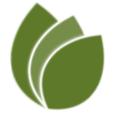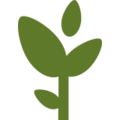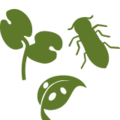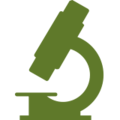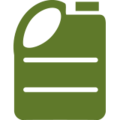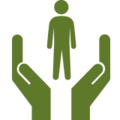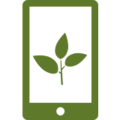(Ascomycota: Class: Dothideomycetes:
Subclass: Pleosporomycetidae:
Order: Pleosporales Fam. Pleosporaceae
[White leaf spot]
Life cycle
Pleospora herbarum is the sexual form of Stemphylium botryosum. The fungus survives on crop residues. The pathogen can also be transmitted via seed. It is a weak parasite, occurring primarily on plants already affected or damaged by something else. This enables the fungus to enter the plant through the wounds. The fungus does particularly well under moist conditions. The latency period is consequently only a few days, allowing the epidemic to develop rapidly. Pseudothecia, in which ascospores develop, are formed on older leaf spots. It is not yet clear what role these ascospores play in the epidemic. Isolates of the fungus originating from spinach are generally assumed to be non-pathogenic on other host plants. It is unclear whether the pathogen in spinach concerns a different species.
Host plants
Leek, onion, shallot, garlic, chive and spinach.
Symptoms
The first symptoms are light oval blotches that turn brown when sporulation is triggered. The blotches grow, but generally remain oval and clearly defined. Severely affected leaves shrivel up. If conditions are too dry for spores to form, the blotches can resemble damage caused by crop protection agents or fertiliser.
Conditions
The most detailed information originates from studies on spinach. The optimum temperature for this fungus to grow is 25 °C. Between 25°C and 30°C and with continuous leaf wetness, the latency period is two days. At lower temperatures and with shorter leaf wetness, the latency period is longer. Optimum disease development requires eight hours of leaf wetness. The fungus can survive dry periods and starts growing again once the leaf is wet. The infection does decline if temperatures rise (30°C) during the dry period.
By contrast, other sources report incidence of a fungus in onions in cool, moist conditions.
Cultivation measures
- clean base materials;
- keeping the crop free of other diseases;
- taking care with overhead irrigation, especially during hot weather.


